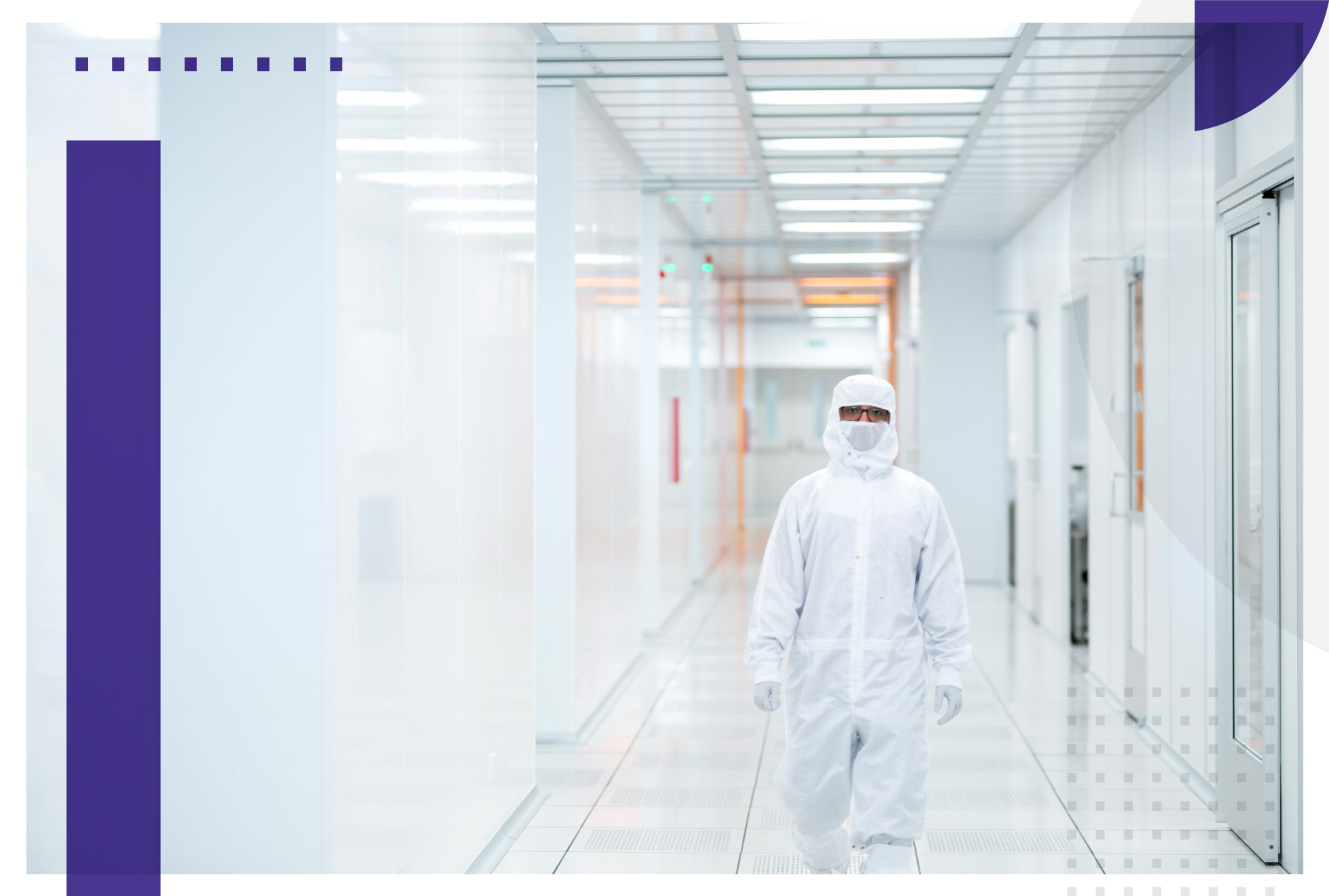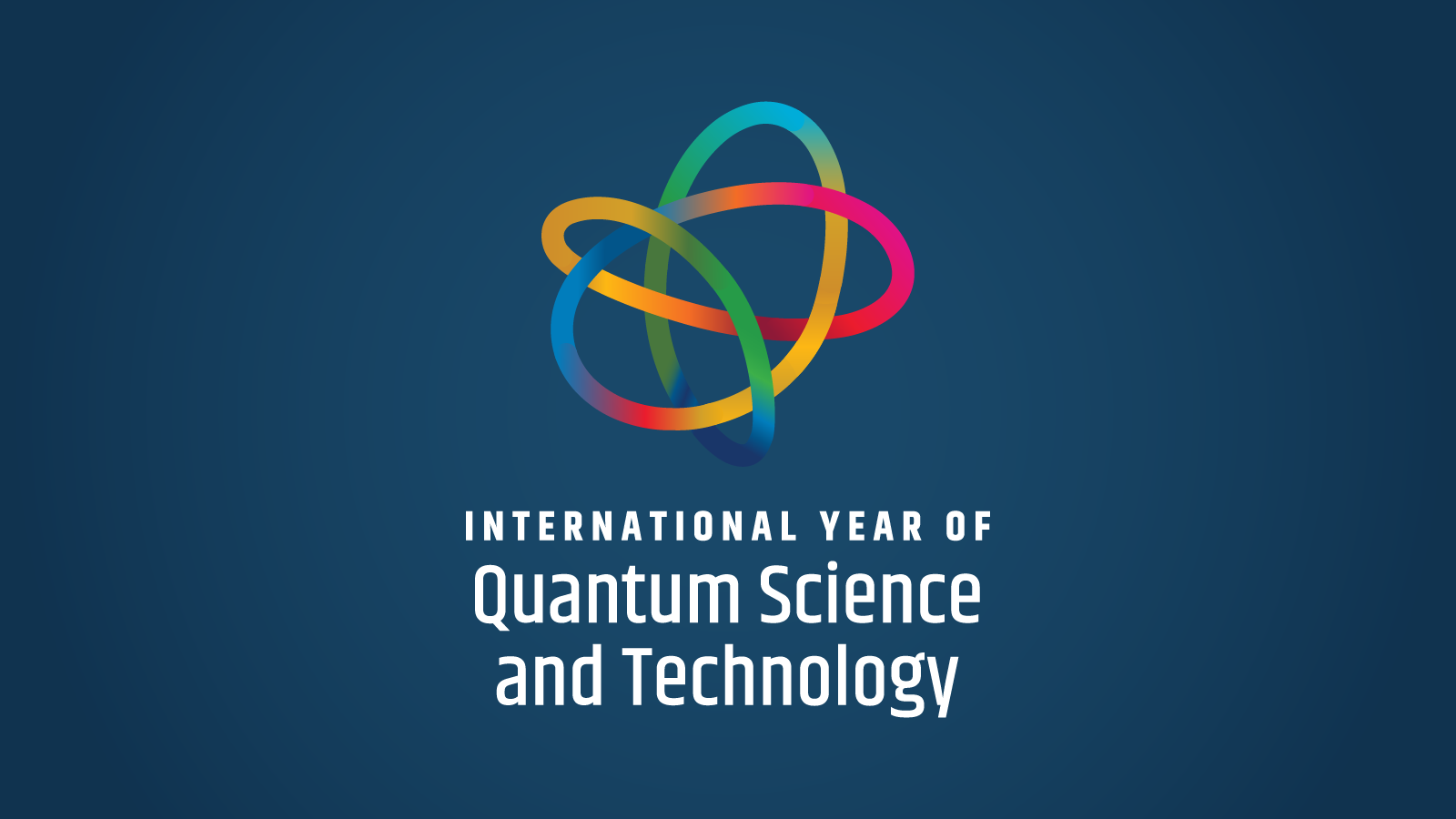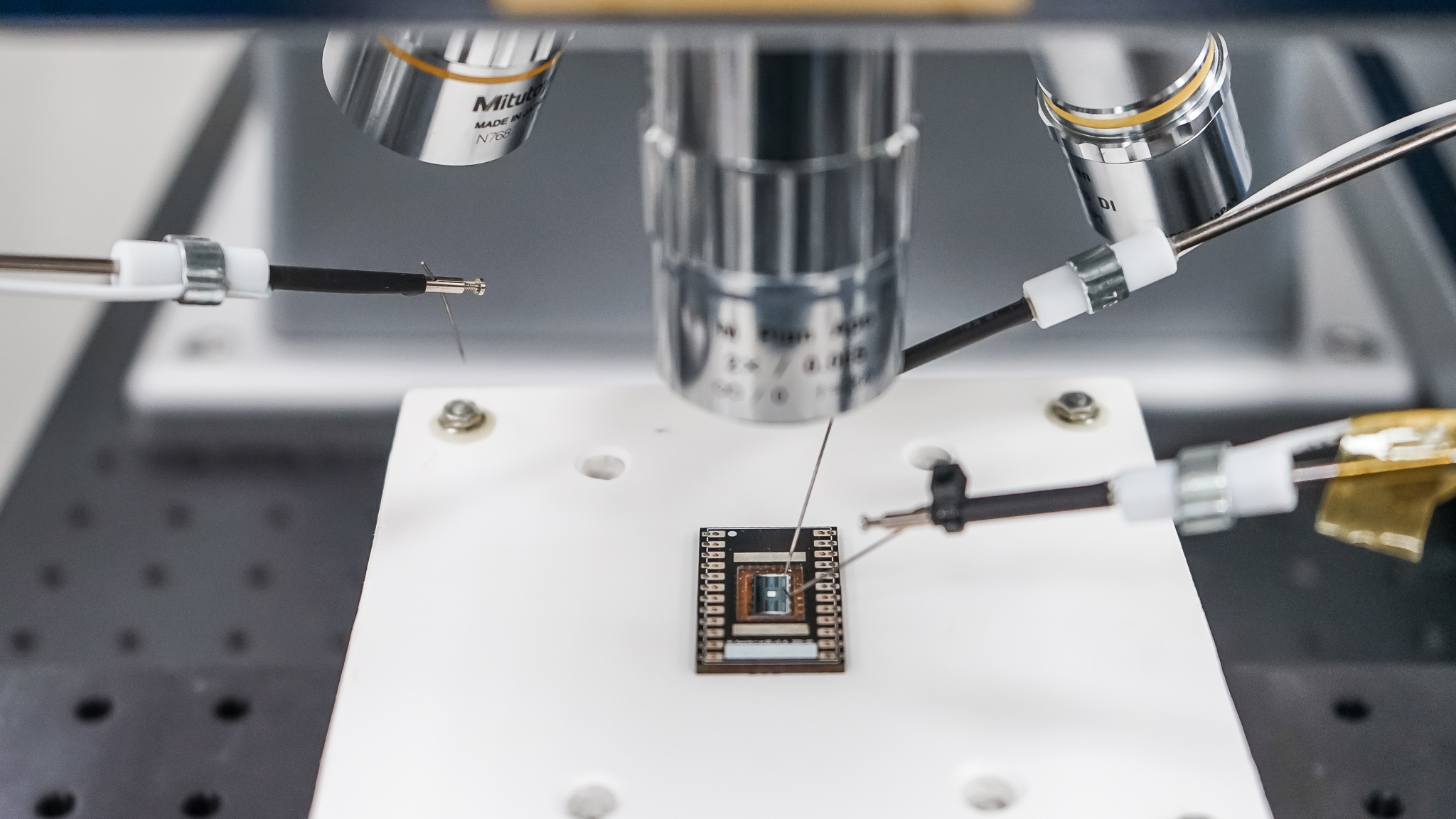
Wrapping Up 2020: Research
December 29, 2020
Despite its difference, its restrictions, and being physically apart, 2020 has been a busy year for INL and for all INLers. This week we take a look at some of this year’s highlights and achievements regarding our people, our projects, and the latest research developments. Join us!
As 2020 comes to a close, we would like to take a moment to reflect on everything INL has accomplished in terms of Research this year. COVID-19 hasn’t stopped us and despite everything, we’ve made this a great year filled with large accomplishments.
INL introduces a new hybrid microscopy system
Researchers at INL have pioneered a new combination of microscopy techniques suitable for the examination of cells at the nanoscale in real-time. The purpose of this work was to combine a super-resolution optical microscope technique with another type of microscope probing surfaces with a very thin and sharp needle, both related to Nobel prizes awarded in 1986 and 2014. Read the full article >
A novel nanoscale random number generator demonstrated at INL
Researchers at INL have developed novel nanotechnology capable of acting as a high-speed random number generator, important for transferring data in a safe and secure manner. The generation of random numbers is an integral part of modern cryptography, and as new technologies emerge with faster and faster data rates, a low power consumption, high-frequency nanoscale solution to the generation of random numbers is of great industrial significance. Read the full article >
Nanotechnology clears the way to smaller and more energy-efficient electrical circuits
Researchers at INL have shown in a recent article entitled “Wideband High-Resolution Frequency-to-Resistance Converter Based on Nonhomogeneous Magnetic-State Transitions” how a single nanodevice can be used to identify the frequency of a microwave signal over an ultra-wideband, with greater precision than conventional electronics. This result demonstrates the potential for nanotechnology solutions to replace much larger electrical circuits with smaller, low energy, wideband solution. Read the full article >
Researchers from INL solve problems related to Omega 3 addition in food
Omega-3 are essential fatty acids recognized for their important health benefits such as improvement of cardiovascular health, a decrease of inflammation, improvement of cognitive function, and better neurological and visual development. Therefore, the food industry has increased its interest in enriching food with omega-3 essential fatty acids. (…) The solution devised by INL researchers from the Food Processing Group to this problem was to encapsulate this omega-3 using the nano-emulsification method and Lactoferrin, a milk protein, as a natural surfactant. Read the full article >
INL researcher awarded 50K US$ to fill gaps in cultivated meat science
The Good Food Institute (GFI) attributed a grant fund to Sara M. Oliveira, a scientist from the INL Food Processing and Nutrition research group, to support the open-access research on cultivated meat, one of the technologies that will revolutionize the food system. This 12-month project will use food 3D printing to understand how the meat texture can be modeled with plant-derived ingredients and animal cells. Read the full article >
€2M project building a sustainable and competitive plan for the nano-fabrication industry
INL is a member of SUSNANOFAB, a €2M H2020 project that bridges the missing links in the nano-fabrication ecosystem towards a competitive and sustainable industry. The international consortium of 13 partners kicked-off the project in March and is committed to delivering an EU-wide Strategic Roadmap on Nanofabrication and developing an Open Access Digital Platform, where users will have access to a network of services, infrastructures, and expertise. Read the full article >
In situ generation of sub-10 nm silver nanowires under electron beam irradiation in a TEM
The ability to fabricate Ag NWs in a controllable way by using electron beam irradiation represents a significant step forward to the further applications of Ag NWs in nanodevices. The present study opens a new avenue for the fabrication of supported sub-10 nm Ag nanowires through an electron beam irradiation nanofabrication route and highlights the importance of irradiation dose- and dynamics controlled materials growth. Read the full article >
Speeding up 3D microfabrication for bio-applications
We multiply fabrication speed in 3D microprinting using multiple beamlets to fabricate periodic structures simultaneously. Further, we perform the first interdisciplinary studies with live cells. The findings of this interdisciplinary study are of relevance for i) industrial uptake of the nonlinear 3D microprinting technology and ii) for innovations in bioassays for cell biology research, tissue engineering, and potential drug development. Read the full article >
Joined nano-triangles pave the way to magnetic carbon materials
The “miracle material” graphene – a two-dimensional honeycomb structure made of carbon atoms with a thickness of only one atom – has numerous outstanding properties. (…) Now another breakthrough has been made in this direction. Theoretical work from 2007 predicted that graphene could exhibit magnetic behavior if it were cut into tiny triangles. Read the full article >
The smallest cavity for light realized by graphene plasmons
(…) a team of researchers from ICFO, MIT, Duke University, University of Paris-Saclay, University of Minho, and INL, in an experimental-theory effort, has achieved unprecedented electromagnetic confinement with a system composed of graphene and silver nanocubes dispersed on graphene. Read the full article >
Atomic bricks to stop graphene’s ultrarelativistic quantum particles
A team of scientists, from the Universidad Autonoma de Madrid, Université Grenoble Alpes, INL – International Iberian Nanotechnology Laboratory (Joaquín Rossier), and Aalto University, has managed to solve this chimerical challenge using atomic bricks to build walls capable of stopping the ultra-relativistic electrons of graphene. This fact, in addition to the fascination that being able to experiment with ultra-relativistic quantum particles produces, has a fundamental applied relevance. Read the full article >
Spintronics-based wideband transmission scheme for efficient wireless communications
Researchers at INL have demonstrated a spintronics-based wideband frequency scheme, where nominally identical nano-devices, called magnetic tunnel junctions, are used as both a wideband frequency source and sensor. Read the full article >
First nano-satellite to study terrestrial gravity will count on INL contribution
The INL – International Iberian Nanotechnology Laboratory is part of the uPGRADE project, involving also universities, will cost 2.6 million euros, and aims to measure oscillations in terrestrial gravity, looking for changes in the distribution of ice over the surface of the Earth. Read the full article >
Strategies for semiconductor/electrocatalyst coupling toward solar-driven water splitting
At INL, the Nanomaterials for Electrochemical Storage and Conversion (NESC) group has been working on the development of semiconductor photoelectrode and HER/OER catalysts as well as the coupling of these two essential components. Read the full article >
NESC group’s recent advances in hydrogen research
The Nanomaterials for Energy Storage and Conversion (NESC) group has been working on the development of water splitting electrocatalysts since 2014. The group has systematically investigated transition metal phosphide catalysts for use in both alkaline water electrolysis (AWE) and proton exchange membrane water electrolysis (PEMWE). Read the full article >
Explaining the formation mechanism of defects currently limiting solar energy production efficiency
According to Sascha Sadewasser, INL LaNaSC Research Group Leader “this work shows that science and understanding materials are sometimes very complex and requires a large team of researchers with very specialized expertise. By bringing together a team of experts with specialized expertise, we could push the frontiers of knowledge about these interesting photovoltaic materials. We are happy that INL could contribute to this effort with its expertise in nanotechnology and nanochatracterization”. Read the full article >
INL and RUBYnanomed get support from La Caixa Foundation for research against cancer
INL – International Iberian Nanotechnology Laboratory and its spin-off RUBYnanomed have just been awarded the prestigious Caixa Impulse Consolidate funds to help the fight against cancer. The project, led by Lorena Diéguez, intends to build an automated system for non-invasive diagnosis and patient monitoring. Read the full article >
“Mille Crêpe” works for energy storage!
Recently, the Nanomaterials for Electrochemical Energy Storage and Conversion (NESC) group demonstrated that cobalt phosphide (CoP) nanocrystals supported on carbon nanofibers (CoP/CNF) can serve as high-performance negative electrode materials in ASCs and show outstanding specific capacitance 748 F g−1 at 2 A g−1 and superior long-term cycle stability, outperforming conventional carbon-based and nearly all metal phosphide based negative electrode materials reported previously. Read the full article >
Jana B. Nieder, leader of the research group on Ultrafast Bio- and Nanophotonics, and Lorena Diéguez, leader of the Medical Devices research group, both from INL – International Iberian Nanotechnology Laboratory, have secured the support from the Spanish “La Caixa” Foundation Health Research Projects 2020 for two different projects with a total amount of close to 2 million euros. Read the full article >
INL researcher wins grant in the fight against malaria
Peng Weng Kung, researcher from INL – International Iberian Nanotechnology Laboratory, and leader of the Precision Medicine Engineering research group, in collaboration with researchers from the University of Macau, won a grant to develop a non-invasive wearable Nuclear Magnetic Resonance (NMR) device for rapid, non-invasive malaria diagnosis. Read the full article >
Innovative graphene-based neuronal interfaces!
A group of researchers led by Dr Andrea Capasso explored this issue in a paper entitled “Interactions between Primary Neurons and Graphene Films with Different Structure and Electrical Conductivity”, recently published on Advanced Functional Materials (via open access). The work stems from an international collaboration among Portuguese, Italian, Spanish, and South Korean institutions. In the paper, the authors investigated the influence of graphene films with different electrical and structural characteristics on the growth and maturation of primary cortical neurons. Read the full article >
Machine learning assistive two-dimensional ´molecular fingerprint´ of blood
Weng Kung Peng, a researcher from International Iberian Nanotechnology Laboratory (INL), Portugal, in collaboration with researchers from Singapore developed a new technique to map out two-dimensional ´molecular fingerprint´ from a single drop of blood (<1μL) using a home-built NMR-based micro scanner. Read the full article >
Novel smart nanomaterials for cancer metabolite sensing
Researchers of the Medical Devices Group at INL, in collaboration with the Research Institute 3Bs, recently published a front cover article in Materials Advances Journal (Royal Society of Chemistry journals). The team of researchers developed a biocompatible hybrid material, by embedding gold-based nanostructures into gellan gum ‘‘sponge-like’’ hydrogels. Read the full article >
Observing Nanovolcanos in the Nanotopologies of Droplets
A new method to display the 3D map of nanostructured materials was developed using nanophotonics effects at INL. The new approach is contact-free and therefore does not disturb the object being imaged. The team calls the method – CLeANFIT. Read the full article >
EIC allocates €191 Million to 58 Innovation Projects 2 of which have INL Participation
(…) Of the 58 projects supported, six have partnerships with Portuguese entities and 2 projects come from INL – Iberian Nanotechnology Laboratory, in Braga. From the projects financed, INL will coordinate “SpinCat: Spin-polarized Catalysts for Energy-Efficient AEM Water Electrolysis”. Also, INL and its spin-off company RUBYnanomed will be partners in the “BIOCELLPHE: Ultrasensitive BIOsensing platform for multiplex CELLular protein PHEnotyping at a single-cell level”. In total, INL will receive more than €1.1 million euros. Read the full article >
TrustEat, a European Project joining the best competencies from three renowned partners. INL – International Iberian Nanotechnology Laboratory, an intergovernmental research organization headquartered in Braga, Portugal, joined efforts with IBM Research (Switzerland), the most reputed center in Europe in the field of chip technologies, and also with Wageningen University & Research (WUR, Netherlands), considered to be the top research center in the fields of food, agriculture, and environment. Read the full article >
INL researchers awarded with highly competitive FCT 2020 Ph.D. Grants
The grants from the Portuguese Foundation for Science and Technology (FCT) were attributed to INL PhD students Marina Alves , Pedro Centeno, António Oliveira, André Violas, Miguel Castillo, Cláudia Lopes, Filipa Peres, Michael Oliveira, Bruno Murta, Telma Domingues, and Cátia Rocha. Read the full article >
Three INL Women Researchers get FCT support for Scientific Employment
Three women scientists working at INL have been awarded a contract in the 2020 Individual Scientific Employment Stimulus Competition (CEEC), which is the third edition of this call promoted by the Fundação para a Ciência e a Tecnologia (FCT) for doctoral researchers in all scientific areas. Read the full article >
Nanophotonics INL project awarded with FCT support
The DIAMOND-CONNECT project led by Jana Nieder, leader of INL Ultrafast Bio- and Nanophotonics research group, builds on the advances in quantum metrology based on diamond photonics for magnetic field sensing. Read the full article >
Marine drone carrying INL technology monitors water quality in Vigo
A portable lab with nanosensors developed by INL – International Iberian Nanotechnology Laboratory inside an unmanned boat was launched to the waters of the Vigo estuary, in Galicia, northern Spain, on the 23rd of November, 2020, to monitor the water quality in a sensitive area due to the economic activities linked to aquaculture. Read the full article >
Breakthrough in engineering electronic properties of atomically thin crystals
A collaboration of researchers from the Universities of Sheffield, Manchester Exeter, in the United Kingdom, Tsukuba in Japan, and the International Iberian Nanotechnology Laboratory, headquartered in Portugal, has studied how magnetic order is transferred from a ferromagnetic crystal into an atomically thin semiconductor layer deposited right on top. The finding, published on November 26th in the journal Nature Communications, provides a resource for the engineering of novel electronic phases in composite artificial materials where different atomic layers are intercalated. Read the full article >
From a hybrid microscopy system to novel nanoscale random number generator to new, smaller, and more energy-efficient electrical circuits to solving problems related to Omega 3 addition in food to Atomic bricks to stop graphene’s ultrarelativistic quantum particles and event to the first nano-satellite to study terrestrial gravity will count on INL contribution to advances in medicine, water quality and energy … what a whirlwind of discoveries. It has been an amazing year and we cannot wait to see what 2021 unfolds! Let’s make it scientifically memorable!



